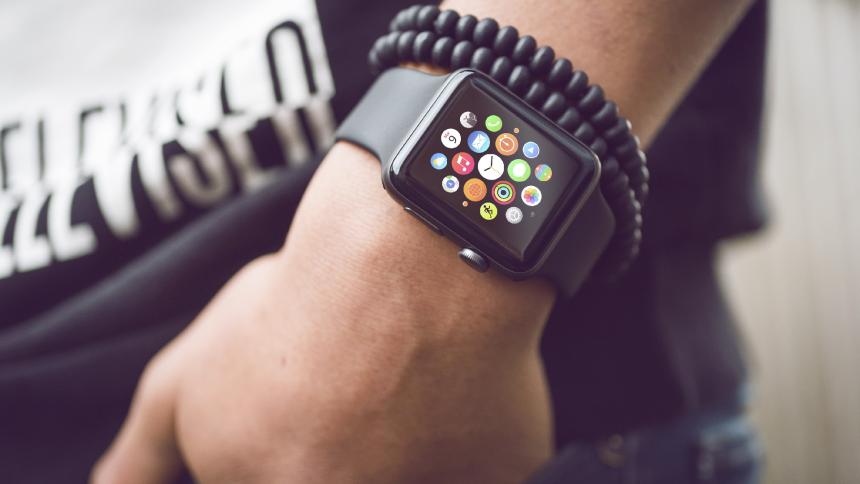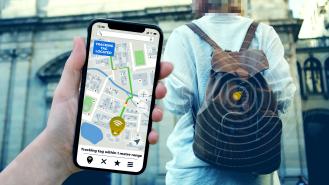
4 times electronic devices helped solve criminal cases
The ongoing global revolution in technology has changed almost every aspect of our lives in the 21st century. And this is no less true for police and other investigators. Modern criminal investigations are light years away from how they were even just a few decades ago.
Digital forensics is now integral to so many criminal investigations. If the case is particularly involved or complex, it’s a given that scrutiny of tech will come into play at some point. Be it CCTV, automatic number plate recognition (ANPR), mobile phone signal triangulation, or the hacking and examination of laptops or other devices.
Sometimes this data can break a case. Let’s look at some of the more unusual occasions where the data stored on digital devices has impacted the outcome of a trial.
1. Apple Watch
On 27th April 2021, off-duty police community support officer Julia James was walking her dog near Ackholt Woods in Kent, when she was attacked and killed by Callum Wheeler. The 22-year-old, unknown to Julia, had been waiting in the woods for a vulnerable female when he spotted her.
Data from Julia’s Apple Watch proved invaluable in the case against Wheeler. The fitness device showed her heart rate shot up from 97 to 145 bpm in a matter of just a few seconds at the exact time that she spotted her killer in the woods.
Her smartwatch also had plotted Julia's route on that day, so police knew exactly where she had gone. This was vital due to the absence of CCTV. Helpfully, a local gamekeeper had footage of Wheeler in the same area, showing him carrying the weapon used in the murder in a plastic bag.
Wheeler confessed when he was arrested by Kent Police and pled guilty to manslaughter by diminished responsibility. Thanks, in large part to the digital data, he was found guilty of murder and sentenced to 37 years.
2. Fitbit
A masked burglar broke into Richard Dabate's Connecticut home, tied him up with rope, tortured him with fire and then shot and killed his wife when she returned home. Richard broke free and fought with the intruder, who quickly fled. It was a dramatic and gruesome depiction of a bloody scene given to the police by Richard.
The trouble was, Dabate's story was completely made up. How would police find out that the ‘6’2” man with a stocky build wearing a camouflaged suit with a mask’ was fictitious? Connie Dabate’s exercise watch.
Police searched the area with dogs, asked neighbours, checked local cameras and scoured the house. Not only did they find no evidence of any intruder, but they also found no evidence of a forced entry. Suspicion immediately fell on Richard. Investigators then found out that he was not only having an affair (and that his mistress was pregnant), but that, just five days after Connie’s murder, Richard had cashed in a life insurance premium worth almost half a million dollars.
Examination of Connie’s Fitbit proved very interesting to the police. Her data revealed that she was active for around an hour after her husband reported that she had been shot to death.
Thanks, in large part, to the Fitbit data, Dabate was found guilty. He is now serving a jail term of 65 years without the possibility of parole.
3. Apple Watch
Just a few years ago, police in Australia used information acquired from an Apple Watch as evidence in a murder prosecution. When Myrna Nilsson was killed back in 2016, she was wearing an active device. Caroline Nilsson, Myrna’s daughter-in-law, was suspected of arranging an ambush to kill the older woman. However, she claimed that a gang of men broke into the house unbeknownst to her, tied her up and killed Myrna.
The watch indicated that the victim passed away many hours sooner than Ms. Nilsson had reported. According to prosecutor Carmen Matteo, the victim's smartwatch included information that proved Ms. Nilsson had staged the home invasion.
'The evidence from the Apple Watch is a foundational piece of evidence for demonstrating the falsity of the defendant's account to police,' said Ms. Matteo. 'A watch of this type contains sensors capable of tracking the movement and rate of movement of the person wearing it. It also measures the heart rate. The deceased must have been attacked at around 6:38pm and had certainly died by 6:45pm.'
'If that evidence is accepted, it tends to contradict the accused's version of an argument occurring between the deceased and these men outside the laundry for a period of up to 20 minutes. Her emergence from the house was well after 10:00pm and if the Apple Watch evidence is accepted, that is over three hours after the attack on the deceased.'
The case went to court, but the jury couldn’t make up their minds. After being unable to reach a verdict on a charge of manslaughter, a verdict of ‘hung jury’ was recorded in 2020. Caroline was eventually found not guilty after a retrial a year later.
4. Pacemaker
A fire at Ross Compton’s Ohio home on 19th September 2016 ended in felony charges of aggravated arson and insurance fraud against him.
Compton had told investigators that when he spotted the fire, he packed some possessions in bags and threw them outside. He then claimed that he shattered the glass of his bedroom window with a cane to escape, before driving away with his rescued belongings.
According to the police, Compton made claims that were ‘inconsistent’ with the actual evidence. Authorities obtained a search warrant for the electronic data stored in the pacemaker. The information taken from it included things like the man's heart rate and cardiac rhythms before, during and after the blaze.
Police asked a leading cardiologist to review the data. 'It is highly improbable Mr. Compton would have been able to collect, pack and remove the number of items from the house, exit his bedroom window, and carry numerous large and heavy items to the front of his residence during the short period of time he has indicated due to his medical conditions.'
Banged to rights. All thanks to a tiny device inside his own chest.










